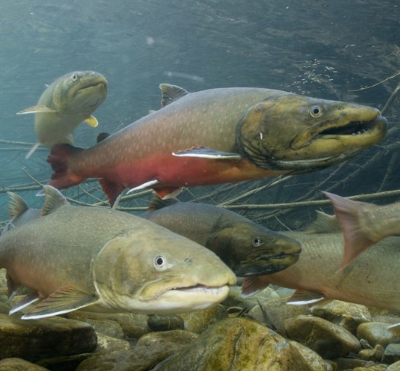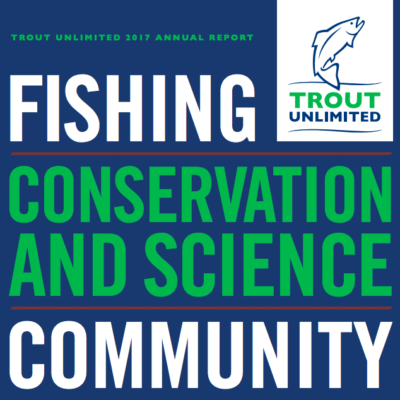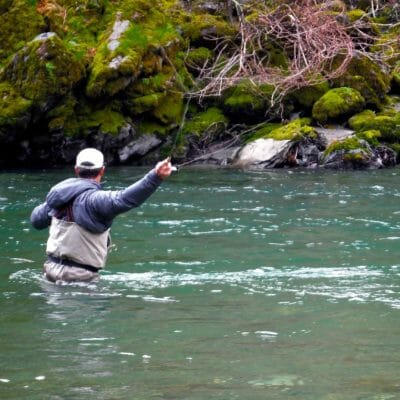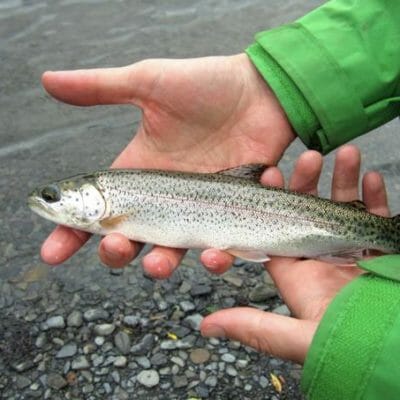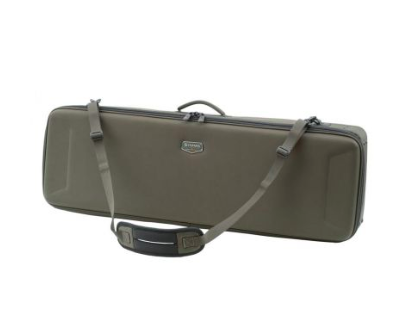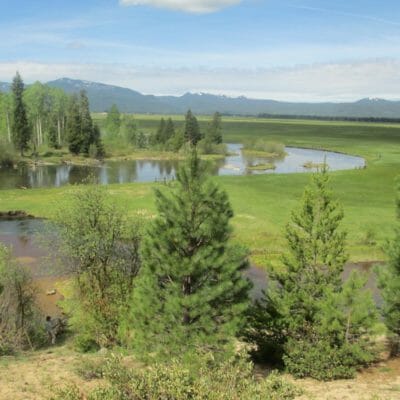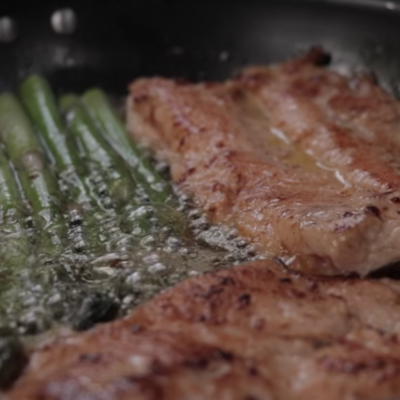Many native trout species, like these bull trout, are rare or endangered. Photo courtesy of USGS. By Jack Williams Sometimes you need to take a step back to see the whole problem. Or in this case, a whole lot of steps because the problem is the decline of native trout across the entire Northern Hemisphere.…
Dear Reader, On behalf of Trout Unlimited’s 300,000 members and supporters, 220 professional staff, and our trustees and grassroots leaders, we want to share with you the 2017 Trout Unlimited annual report. We realize that annual reports are essentially ritualized bragging, and should be generally read as such. Please consider these numbers, however, before you…
The author, wade fishing the Trinity River. By Sam Davidson A guy I didn’t know die d recently while wade-fishing the lower American River near Sacramento. One moment he was there, the next he wasn’t. Impossible to say, exactly, what happened, since no one witnessed the incident. Apparently, he was a newbie to wading, likely…
One of our first rainbows in Alaska. I now find it hilarious we took a picture of this teeny little buddy. By Jenny Weis “I forgot people even target fish that small,” a veteran Alaskan guide quipped while paging through an intro level fly fishing instruction book with a photo of a colorful but small,…
Transporting fly rods and other gear and tackle on long trips involving air travel or even overland trips across sketchy mountain roads has long been a challenge for anglers. There are lots of options for containing rods and reels, from double-compartment duffles, to heavy and bomb-proof “vaults” that essentially put your fly rods at the…
Sun Creek, Upper Klamath Basin, Oregon. Photo: National Fish Habitat Partnership Trout Unlimited’s brand of conservation is, above all, pragmatic. Nowhere is this more evident than in the upper Klamath River basin, in southern Oregon, where TU is working with ranchers, resource agencies, tribes and other partners to improve streamflows and fish passage for native…
When I was a kid, the idea of catch-and-release fishing was simply foolish. Why put a perfectly good dinner back in the river? And, of course, I and my brothers and cousins were encouraged by our grandfathers to harvest our limit—fresh trout fried up on the grill back at camp was part of the experience.…
